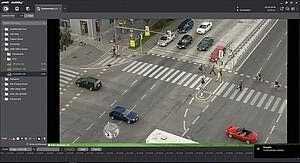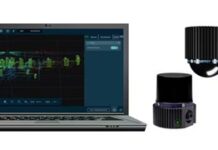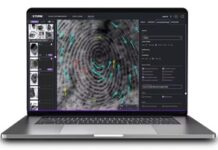
Permanent video observation is in place at busy traffic junctions in many towns now with the “Traffic Enforcement Module” on the Dallmeier Hemisphere software platform. Public authorities can now capture traffic incidents or offences quickly and simply with an easy-to-use software tool. A precisely definable and adaptable process enables users to evaluate and follow up on incidents efficiently with digital tools – while adhering to the evaluation and data protection regulations.
Live video surveillance is already performed or under consideration at many car parking facilities and traffic junctions. With the Dallmeier Hemisphere Traffic Enforcement Module, local authorities now have the capability to capture traffic violations and file video sequences of the offences efficiently within these existing surveillance systems.
The solution provides operators with a user-friendly function set which enables them to perform all of these tasks quickly and intuitively. Local authorities can thus optimise the process of investigating and punishing traffic violations, and so generate additional revenue. Users can implement the system with both Dallmeier cameras or with third-party systems. The Hemisphere Semsy components can be operated either “On Premise” or in public cloud environments such as Microsoft Azure, Amazon Web Services (AWS) or Google Cloud Platform.
If an operator observes a traffic offence, he can start recording of the camera live stream immediately. For this purpose, the app features a control centre on a time bar for starting, stopping and cancelling recordings. After a recording has been stopped again, a backup of the recording is made automatically in the background, and it is saved to an archive together with a timestamp, the name of the camera and the name of the operator. Recordings can be cancelled if an offence has not taken place.
The system also maps the process for follow-up processing of incidents. First, all recorded offences are listed in the module in a chronological overview. Users can filter and search the list by ID, user, violation code, camera name, vehicle registration number, date and time, and processing status. In a processing mode, they can review the items and decide whether a traffic offence has been committed and should be reported. For this purpose, they are then able to access the recording or the offence, additional information or snapshots from the recording, and the exact location of the incident on a map section.











